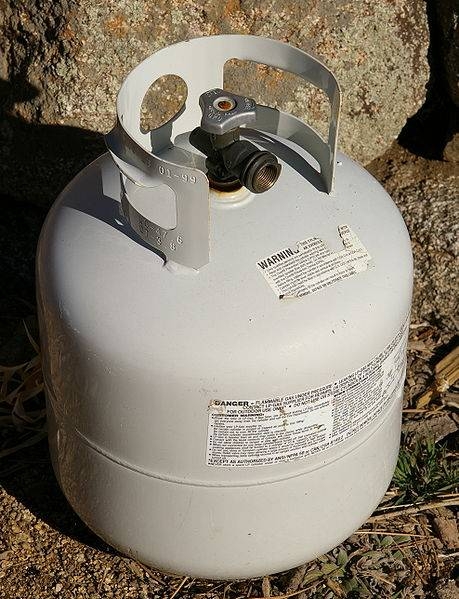

One source of propane is natural gas processing. Raw natural gas consists mostly of methane, but not at the desired level of purity. A variety of substances must be removed, and some of these are inferior hydrocarbon gases like propane. Propane, along with butane and ethane, are made out of heavier hydrocarbon chains. These heavier gases are removed from natural gas in the final stage of processing. The still-raw natural gas is cryogenically distilled. Normal distillation works by heating a compound to a set temperature where the desired elements will vaporize and boil off for later collection. Cryogenic distillation uses cold on gases to chill chosen elements into liquids, causing them to condense out of the gas for collection. The raw natural gas is cooled to the point where the heavier hydrocarbons liquify, but the lighter methane remains gaseous. Then the butane, ethane, and propane are separated from on another in a similar manner using a distillation device called a fractionator.

Another source of propane is from refining crude oil. Propane is a by-product of the cracking process. In modern fluid catalytic cracking, the residue from previous refining is pumped into a chamber with a very hot zeolite-based catalyst, which vaporizes the petroleum residue and breaks apart certain complex carbon chains. The result is a variety of lighter hydrocarbons, including propane. The propane is separated out using a fractionator.

Once it has been recovered from a raw fossil fuel, propane is further processed before it is delivered to the market. What exactly is added depends on how the propane is ultimately used. In the most common example of the canisters used for heaters, stoves, grills and generators, a noxious-smelling compound is added as a safety measure. As propane is an odorless, colorless gas, detecting leaks would be impossible without this additive.